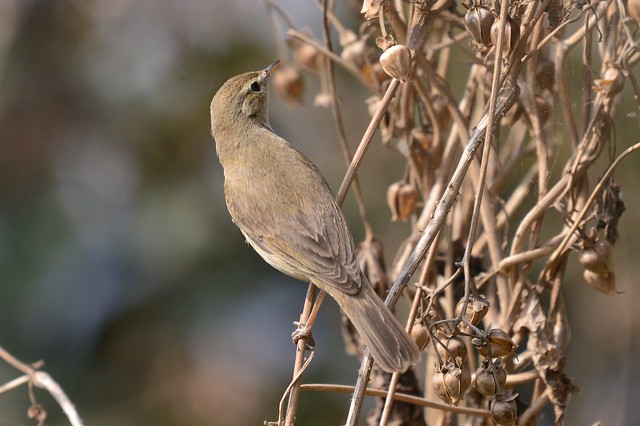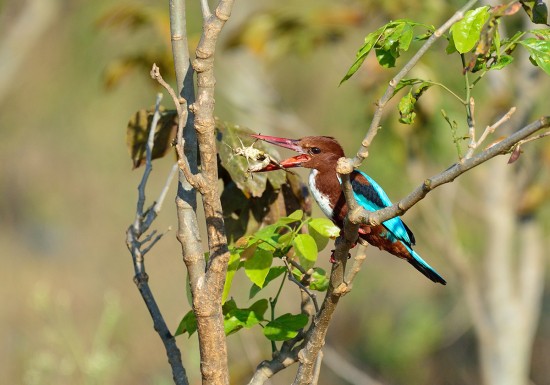
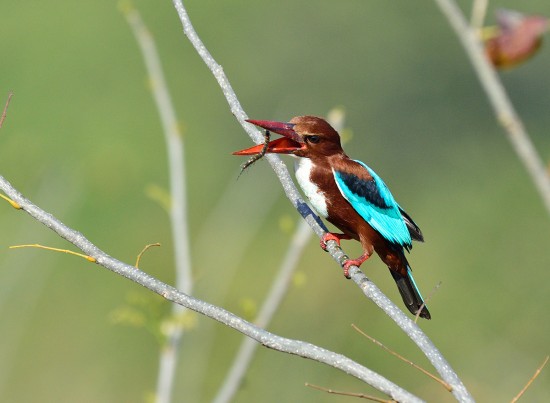
Nikon AF-S Nikkor 200-500mm f/5.6E ED VR lens review by Mohammed Ahmedullah:
I am a writer-photographer based in India and contribute articles to local travel magazines and newspapers on wildlife. I recently bought a Nikon 200-500 F5.6 lens and used it for an assignment on bird photography. Below are my observations:
Ergonomics: The 200-500 F5.6 balances well on my Nikon D800 camera. You can use the tripod mount as a grip while walking. I usually place the camera in front and the lens at the rear so that the lens does not get scratched against thorny bushes. The weight of the lens plus camera is around 3 kilos but the perfect weight distribution in front and rear of the tripod collar/handgrip feels like a lot less. I have walked for 4-5 hours in the jungle with this combination.
Image quality: Having shot hundreds of frames with the 500mm F4, I can say for sure that the 200-500 is no match to it in image quality (IQ). When images from both shot at similar apertures are blown up 100%, the difference is clearly apparent. While F 5.6 on the 500mm F4 gives razor sharp images, the same aperture on the 200-500 is distinctly soft (in comparative terms, but good if you nail a correctly focussed, well-lit shot).
Portability: What you lose in IQ over the 500 F4 you gain in portability. With the 200-500 you can walk much further than with the 500 F4, bring the lens up to shooting position much quicker and hold the lens steady with far lesser pitch and yaw movement compared to the Nikon prime. I have got images with the 200-500 which I could not have gotten with the heavier and bulkier Nikon prime lens. For the rest I will explain with a series of images.
Focussing, VR and slow shutter speed: The 200-500’s focus and VR are fast with minimal hunting. With the VR on I have got clear shots at 1/25 of second at 200mm! This picture of the Ceylon Frogmouth was shot at 200mm F 5.6 at 1/25 second. The mating pair was in dense undergrowth with very little light getting to them. I cranked up the exposure compensation to +1.3 to get clarity in their eyes and beak which meant a very low shutter speed with VR on.
In good light: The 200-500 F5.6 is a good light lens. When shot with the sun behind you at an angle of about 60 degrees, provided you make best use of its portability, you can get photos that could shame the 500mm F4. The image of the kingfisher with a centipede in its beak was shot at F5.6 and 1/2500 at ISO 800. Notice the detail in the legs of the centipede and the eye and open beak of the bird. I am quite certain I would not have gotten this close to the kingfisher at breakfast time with the 500mm F4.
I followed the bird for about an hour, tip-toeing a foot at a time with the camera/lens held at a horizontal position just below my eye. In my experience, the sudden movement of bringing the camera/lens up from a vertical position to a horizontal position is enough to scare away most birds, even if you make no sound and hide behind foliage.
Stopping down: Sharpness, contrast and depth of field improves enough to be noticeable when stopped down to F8. There is no difference when stopped down to F6.3, some noticeable difference at F7.1 and clearly visible difference at F8. The picture of the kingfisher perched has details in the beak and face with appear sharper than images shot at F5.6.
With 1.4 TC II: The 1.4 TC increases the focal length to 700mm at the loss of 1 F stop. For small birds, I often use the 1.5x crop mode and my regular shooting is in the 1.2x crop factor to gain that extra one frame per second (FPS) on the D800 along with a smaller RAW file of 24 mega pixels. The picture below of the pied kingfisher was shot when it just dived from an electric wire with the 1.4 attached to the 200-500.
In dull light: The picture of the woolly-necked stork was shot in diffused light with the sun well-hidden behind clouds. The image through the viewfinder was duller than when viewed with the naked eye. As I was approaching it from behind thick bushes, I sensed that it had noticed my presence and quickly cranked up the shutter speed expecting it to take off, which it did. The black wings of the crane against the white background of the lake yielded a less than desired exposure. I consider this a bad shot.
The photograph of the eagle with a fish catch was taken on a misty morning with barely enough to frame the image. The focus acquisition worked very well in this case and I was able to track the bird and squeeze quite a few shots as it flew across in front of me.
In conclusion: The combination of 200-500 F5.6 and D800 plus TC1.4 gives me a focal length range of 200mm in full frame to 1050mm in 1.5x crop factor by attaching the 1.4x TC. For this assignment I used the entire focal length range both with and without TC. Performance with the VR is a pleasant surprise. The VR stabilizes the image no sooner than you are able to get focus. This is the closest one-size-fits-all focal length lens for birding I could ever find.
Its weaknesses are soft images when compared to the 500 F4 prime, poor visibility in low light as the F5.6 maximum aperture makes the image through the viewfinder dull compared to F4 tele lenses.
All images have been converted from RAW to JPG with no post-processing whatsoever except for cropping. I never do any post-processing as publishers demand the largest size untouched images so that their art directors can make the changes themselves.
Below is the EXIF data of all the images displayed:
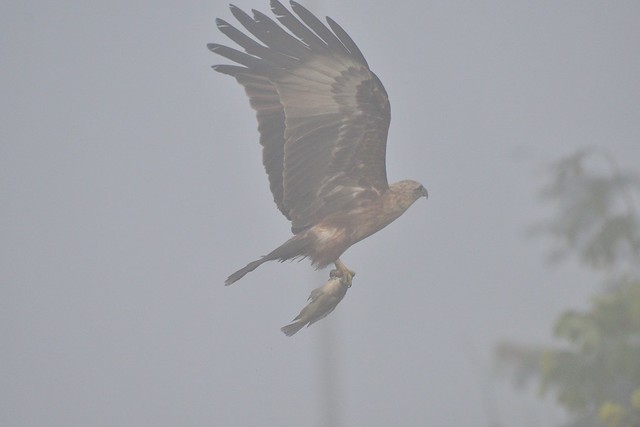
Eagle grabbing fish: F6.3, 1/2500 @ISO 1250, 500mm
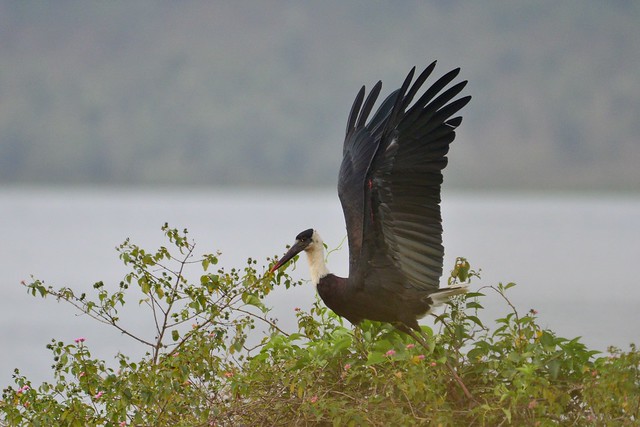
Woolly necked stork: F5.6, 1/3200 @ ISO 1600, 500 mm
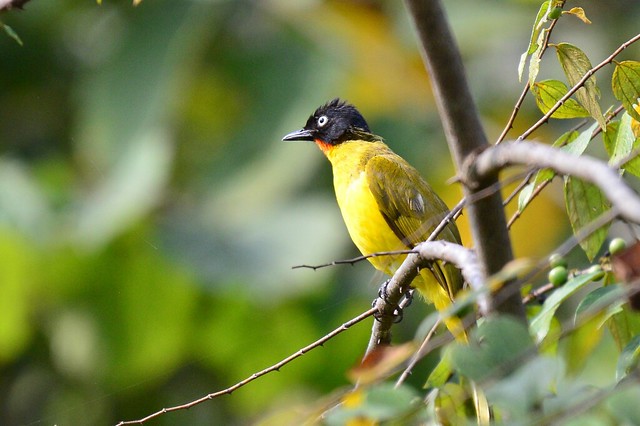
Flame throated bulbul: F5.6, 1/1600 @ISO 1250 500mm
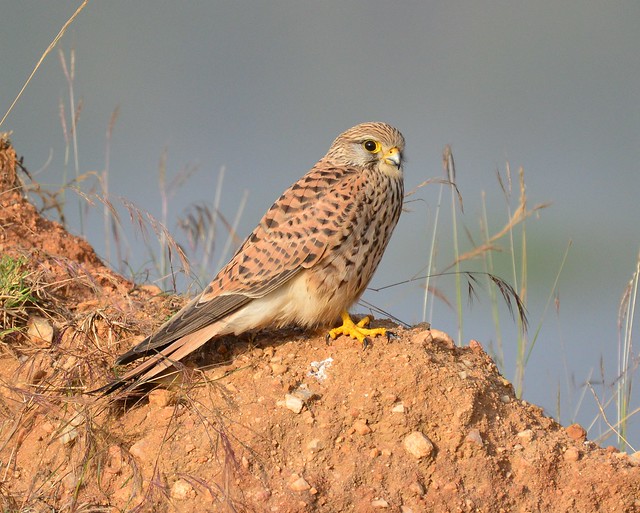
Common Kestrel: F5.6, 1/2500 @ISO 800 500mm
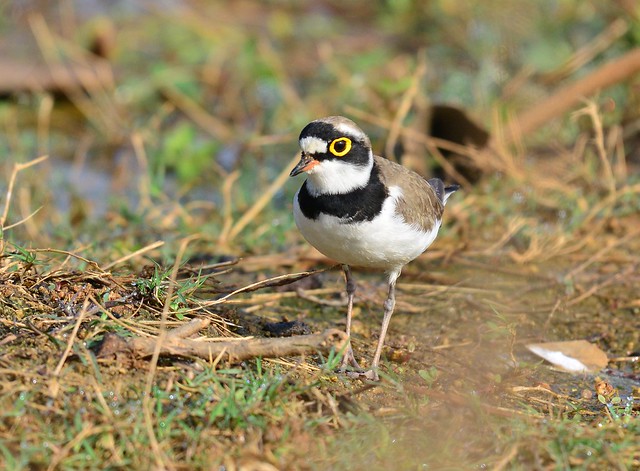
Little Ringed Plover F5.6, 1/2000 @ISO 800 500mm
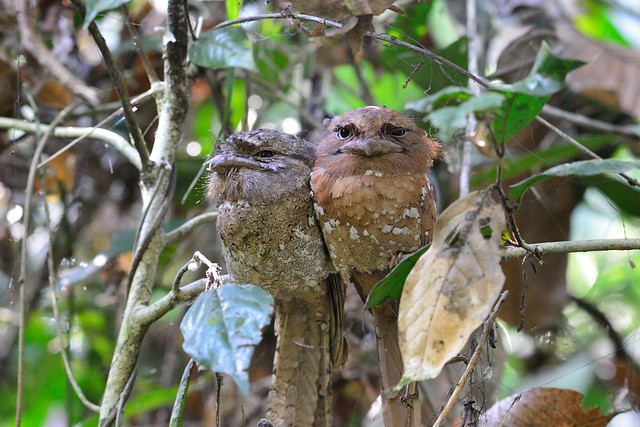
Ceylon Frogmouth: F5.6, 1/25 @ISO 2500

Pelican take-off: F5.6, 1/2000, ISO640 500MM
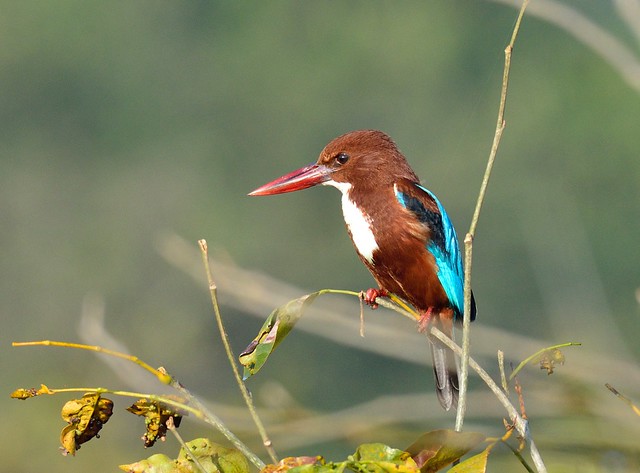
Kingfisher perched: F8, 1/1000, ISO800, 500mm

Kingfisher with cricket: F6.3, 1/1250, ISO500, 500mm
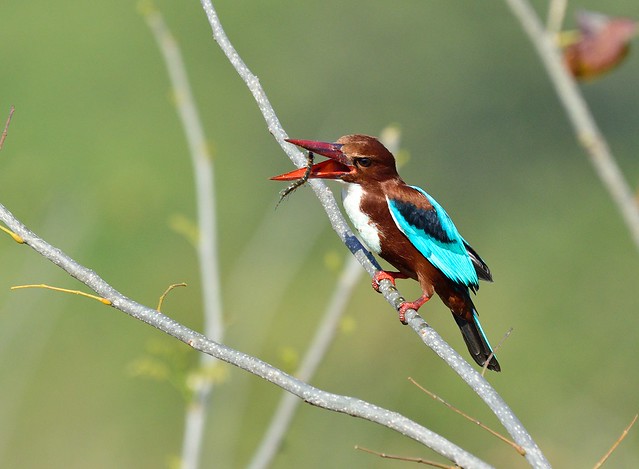
Kingfisher with centipede: F6.3, 1/2000, ISO1000, 500MM
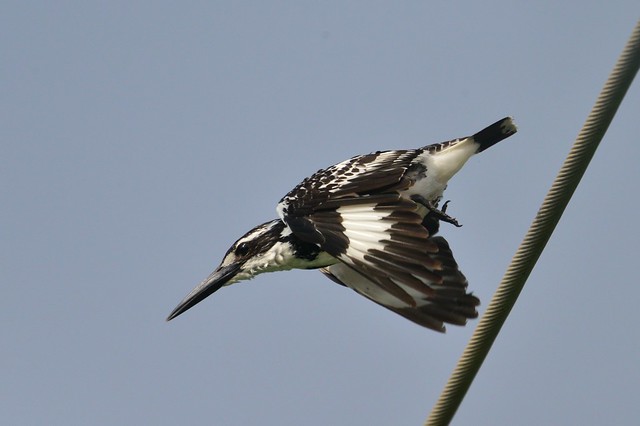
Pied Kingfisher diving: F8, 1/4000 @ISO 1000 700mm (with TC 1.4)
